How Does An Ear Nose Throat Doctor Help You
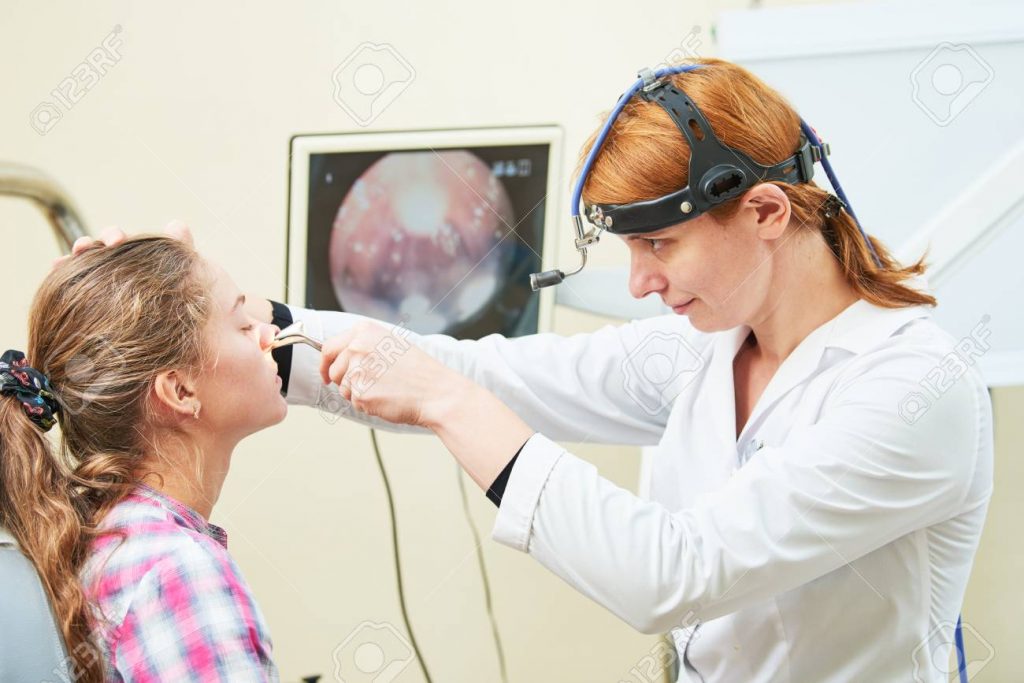
It takes many years to train as an ENT Doctor, and during that time they study the anatomy and diseases of the ear, nose and throat. All these structures are interlinked and any infection or disease affecting the nose and throat will probably affect the ear as well. Some ENT Doctors specialize in Paediatric patients (children), others purely adults. Whatever their chosen field ENT Surgery is extremely specialized work and constant ‘up-skilling’ is required to keep up with the latest techniques.
Tonsillectomy
Removal of the tonsils for reasons of recurrent infection. Often performed in children and requires 24 hours in Hospital in order to monitor post operative bleeding. Sometimes the operation is performed on adults for the same reason, as continuing infections are bad for the health and although it is not done quite as commonly as it once was, it is a fairly simple and quick surgery under General Anaesthetic.
Adenoidectomy
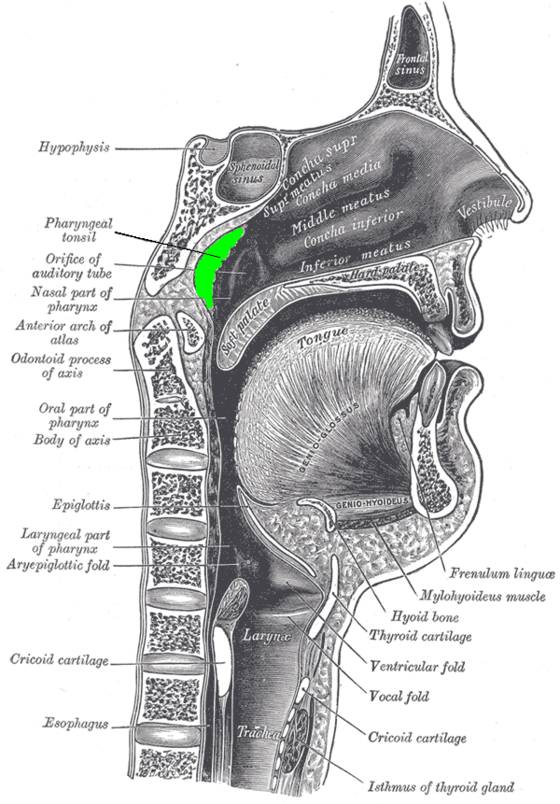
If you snore you may have enlarged adenoids. Adenoids are a collection of lymphatic tissue in the nasopharynx. In children enlargement of the adenoids can cause obstruction of breathing through the nose and obstruct your eustachian tubes, this causes glue ear. In cases where the adenoids are problematic they are surgically removed.
Snoring
Can occur in both children and adults, if the airway is blocking ( in children, usually caused by tonsils or adenoids). In adults it is a bit more serious and often linked to the fact that you are overweight, drinking alcohol and smoking. Sometimes the snorer requires surgery to tighten the back of the throat and stop the vibration causing snoring. If left unattended it can cause sleep apnoea. Sleep apnoea is a serious condition and you may be sent to a sleep disorder clinic for a ‘sleep study’. The simplest thing to do is to cut back on alcohol consumption and loose some weight, otherwise you may require surgery. The surgery is painful, but effective in relieving symptoms.
Rhinoplasty

Rhinoplasty or nose job surgery performed to alter the shape of the nose, either to allow better air flow, or for cosmetic reasons. Sometimes the septum is deviated, meaning the partition in the centre of the nose is more to one side and this needs to be corrected in order to help the patient to breath freely.
Sinus Surgery
In severe cases of chronic sinus the patient may require a sinus surgery. Often in the form of sinus washouts to remove the debris from the sinus cavities and generally clean out the area. To learn more about sinus treatment, read this article “Sinus surgeon guide on sinusitis treatment & sinus surgery”
Nasal Polyps
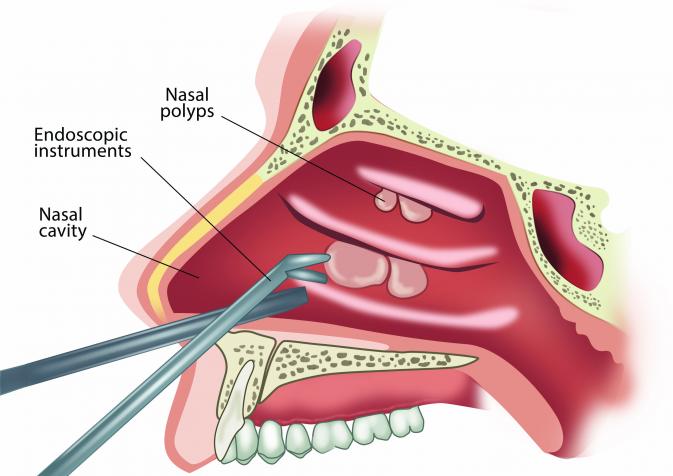
These are often present in patients with allergic rhinitis, they may develop in response to certain treatments, used to control the rhinitis. If they get too big they will impede the flow of air and may need to be surgically removed by your ENT surgeon under anaesthetic.
Glue Ear
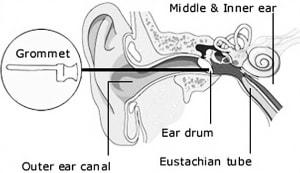
Fluid accumulates in the middle ear. Most frequently this is seen in children, as described earlier. If left it causes deafness, and given that children are in such a fast stage of development when this usually occurs, it can affect their speech development. If the problem keeps reoccurring the child may need to have the fluid drained by an ENT surgeon under anaesthetic. The surgery is commonly known as inserting grommets.
Otosclerosis
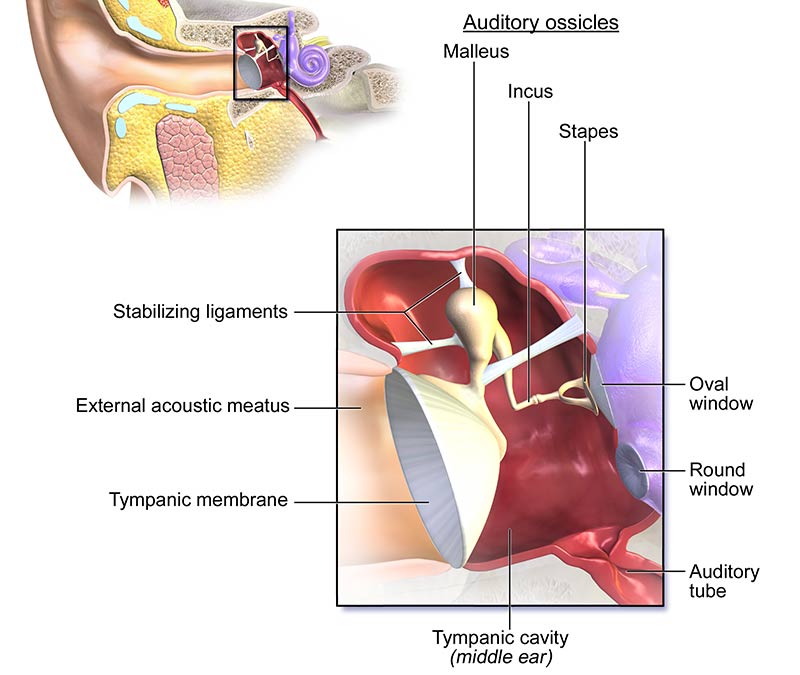
A disorder causing conductive deafness in adult life, caused by an overgrowth of the bones of the inner ear.
Deafness is progressive and may become severe. Treatment by surgery is usually highly effective and is known as Fenestration, Stapedectomy.
If surgery is not carried out the patient will require hearing aids.
Stapedectomy
Is the removal of the stapes bone in the ear, and replacing it with a ‘prosthetic’ bone in the treatment of advancing deafness.
This is a safe form of surgery that will restore the patient’s hearing and is carried out by an ENT surgeon under general anaesthetic.
Tongue Tie
A disorder of babies, where they are born with the tongue anchored to the floor of the mouth. This problem is usually picked up by the Parentcraft nurse as it manifests in difficulty in baby ‘latching’ onto the breast. It appears a simple problem, but needs to be looked at by the surgeon, as in recent years I have seen some really bad surgical attempts where an amateur tried to correct the problem leading to greater problems. Once you see the surgeon it is easily corrected and will need to be done quickly in order for the baby to feed.
Cleft Palate
Occurs in fetal development causing a fissure in the midline of the palate when the two sides don’t fuse. These congenital defects have to be corrected by a skilled surgeon. Fortunately, they are not common and sometimes require more than one operation to correct them. Sometimes they are accompanied by a problem with the lip, known as a harelip.
Harelip
Another congenital deformity in the cleft of the upper lip, on one or both sides of the midline. The tissues of the upper lip fail to fuse at the midline.
This requires a surgical procedure and is quite delicate work, especially if it is on a child under 5 years, usually the case, but these days it is easily corrected.
Conclusion
We are very fortunate to have such skilled ENT surgeons and to have a ‘first world’ medical system. When you look at the range of surgeries performed by the ENT surgeon, you will probably find that you require at least one of these during your lifetime. It is always money well spent to choose a suitably qualified practitioner to carry out your procedure and put you back on the road to full health. Never be afraid to ask questions and go to your surgery as well-informed as possible. If you are in doubt about any aspect, get a second opinion.